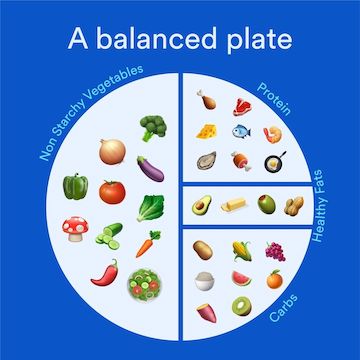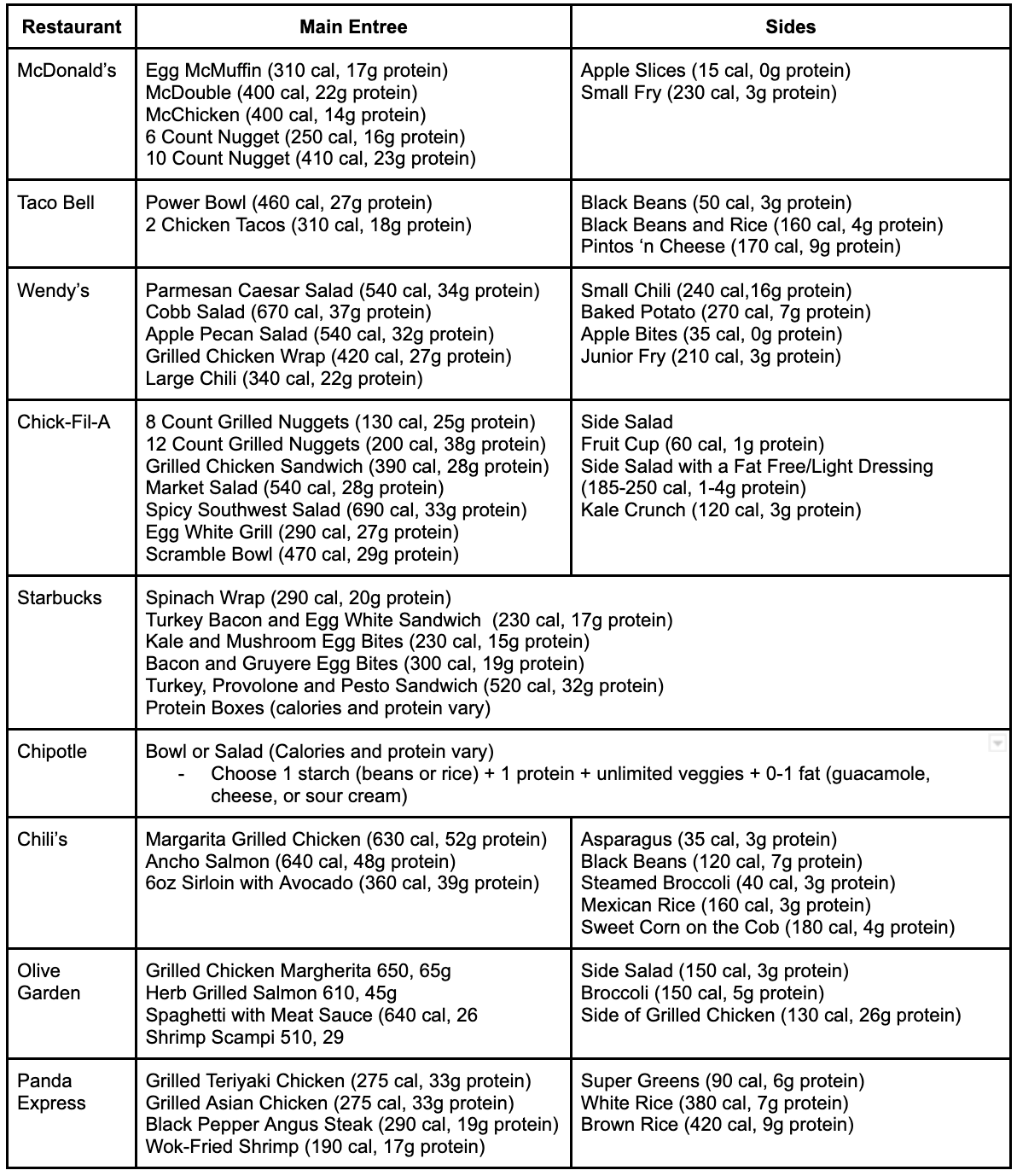Navigating Dining Out
Can you dine out & still lose weight? Discover tips for eating out without derailing your weight loss plan. Learn how to make healthy choices & stay on track!
This article was originally written by the Sequence clinic team (now known as WeightWatchers Clinic).
Can I Dine Out and Lose Weight?
Short answer: Yes. While it may be best for your wallet and your health to reduce the frequency of dining out, it is not realistic to avoid dining out altogether. We live busy lives and are often on the go. Appointments, children, sports, work, and socializing can take up much of our time and sometimes dining out needs to fit into yourlifestyle.
Dining out is OK and anxiety around dining out is common, but it doesn’t have to be.
“How manycaloriesare in this food?”
“Will there be something on the menu that I can eat?”
“Will I still lose weight if I eat this food?”
These are thoughts that may cross your mind when stuck in a short-term dieting mindset, however, it is important to understand that one meal will not ruin your progress. Making dining out and choosing enjoyable foods a small part of your lifestyle may even lead to more sustainable results. Here at WeightWatchers, we are here to support you and assure you that you can still eat a nutritious diet,lose weight, AND dine out.
Setting Intentions
Before dining out, set your intentions for the meal. Do you want to stick with your eating routine, or not? Is it a special occasion like a birthday, anniversary, or a favorite restaurant you do not go to often? If so, consider enjoying the occasion without thinking about what you can or cannot eat. Or are you running through the drive-through on a way to a sports practice or just didn’t feel like cooking? Then consider sticking to your plan and choosing a balanced meal.
Keep the Plate Method in Mind
This method doesn’t work for just meals at home, it also works great for choosing foods at restaurants and fast food joints. Try to check off the main components of a balanced meal when browsing a restaurant menu:
✅Protein: the size of a deck of cards (4-6 ounces)
✅ Non-starchy vegetable: the size of two fists (1-2 cups)
✅Carbohydrates: the size of one fist (½ - 1 cup)
Examples of a plate method meal dining out would include:
6-ounce sirloin with steamed vegetables and a baked potato
2 slices of pizza with a side salad
Shrimp fajitas
Chicken marsala with green beans and mashed potatoes
Salmon with rice and brussel sprouts
Hamburger and side salad
Keep in mind that restaurant plates are large and the portions are often 2-3x the recommended portion size, so plan for leftovers.

Navigating Nutrition Information
Some menus, specifically chain restaurants, will include nutrition information either on their menu or on their website. Checking the nutrition information is a great way to make an informed food choice. You might be surprised to learn that restaurant salads often have more calories than a burger! This doesn’t mean you shouldn’t choose a salad, it just means that you shouldn’t always assume a salad is the best choice and you should not feel guilty about ordering something else.
To choose a meal that meets your nutritional needs for weight loss and overall health look for options that are less than 650 calories and at least 20 grams of protein. As a bonus, consider choosing a meal that includes a vegetable or fruit to provide additional nutrients like fiber, vitamins, and minerals. Keep in mind that while these guidelines can be helpful, they are not the only factors to consider. It is still important to reduce saturated fats and sodium and equally as important to choose foods that you enjoy. By taking the time to review nutrition information and make informed choices, you can enjoy a satisfying and nutritious meal and stay on plan.
Navigating Menus
Nutrition information can be a helpful guide, but it’s not always available. Especially at locally owned restaurants with just one location. In that case, menu descriptions can tell you a lot about a meal. Start by looking for words like “grilled,” “baked,” “roasted,” or “blackened” when selecting your protein. These methods of cooking typically involve less added oils and fats. Words to avoid when selecting protein include “fried,” “breaded,” “crusted,” “battered,” or “smothered” as these tend to be higher in fats. When it comes to vegetables, you really can’t go wrong, however aim for a variety of colors and avoid the words “buttered,” “creamed,” or “fried” to keep the fat content on the lower side. Monitoring fat intake is especially importantwhile taking a GLP-1medication due to reports of increased GI upset with high-fat meals. By incorporating a lean protein, vegetable, and carbohydrate into your meal, you can enjoy a delicious and nutritious restaurant experience.
Dietitian-Approved Chain Restaurant Options
Below are some options to consider choosing the next time you need to run through the drive-through or grab some takeout. While these options may be lower in calories and higher in protein than other fast food choices, they should still be consumed in moderation as part of a balanced diet as fast food meals are often high in sodium.
